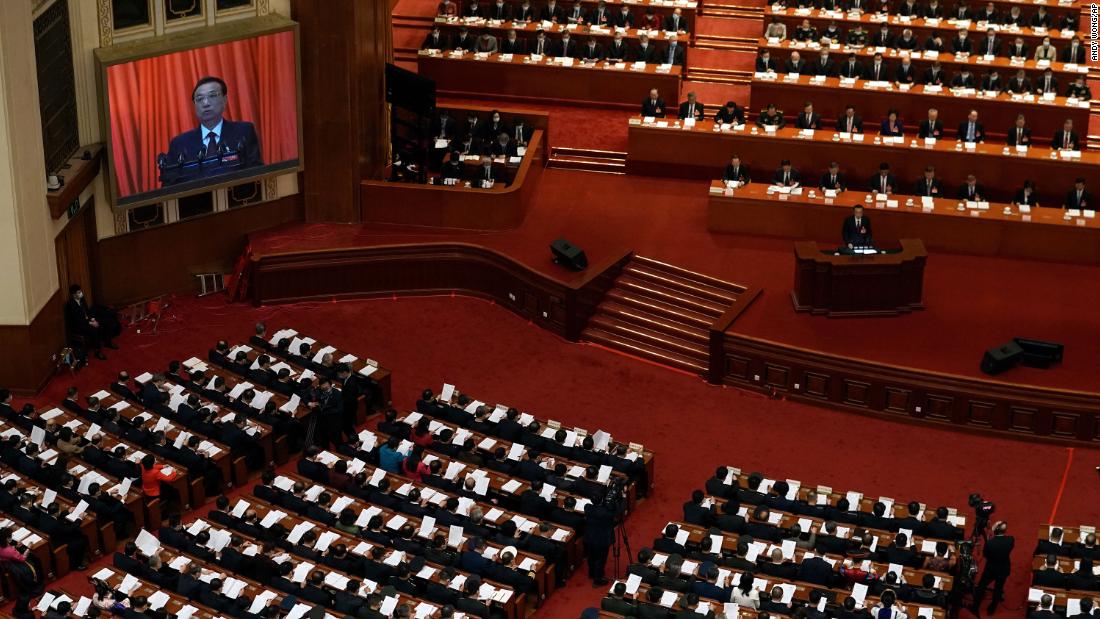These are high ambitions, and so far it was unclear how Beijing planned to achieve them. But the world had more clues last week, when Prime Minister Li Keqiang outlined some aspects of the country’s agenda and Beijing released a draft of the five-year plan.
Toppling confidence in foreign technology
Li stressed the importance of technological development and innovation during his speech on Friday. He said that China will increase spending on research and development by more than 7% per year. The Chinese government previously identified semiconductors, 5G networks and cloud computing as critical areas, among others.
State vs. private sector
The government has made it clear in recent months – and in its new five-year plan – that these companies must follow the line of the Chinese Communist Party if they are to succeed.
“While Xi seeks ambitions for China at the forefront of technology, Beijing recognizes that a top-down approach has its limits,” analysts at the Eurasia Group wrote in a recent research report. “But Beijing’s willingness to leave more for the market will be challenged by Xi’s sense of urgency and frequent preference for a strong hand for the [Party] and state. “
The new five-year plan gave more information on how the authorities want to expand their reach. Technology companies are “encouraged” to share data related to research, e-commerce and social networks.
Achieving carbon neutrality
As China traces its economic trajectory for the coming years, it will also have to balance these ambitions with the urgent need to tackle the climate crisis.
The country has spent decades betting its rise on huge infrastructure and manufacturing projects, building an economic engine that now relies heavily on dirty energy. And analysts said the pressures from Covid-19 and tensions with the West are driving China to spend more on these energy sources, not less.
Still, the country has finally started to outline some details about how it wants to work with its climate coals.
Even before the “Two Sessions” meeting began, the state’s power grid revealed plans to upgrade its network, reduce coal-fired power generation and develop charging stations for electric vehicles.
The draft five-year plan contained more references. By the end of 2025, China plans to increase the use of non-fossil fuels to 20% of total energy consumption, compared to the current level of 15%. This includes efforts to build more nuclear power plants and clean energy facilities.
Prime Minister Li said on Friday that China plans to cut energy consumption per unit of GDP by 3% by 2021. She plans to do this by eliminating heavy air pollution and requiring about 70% of warming in the northern part of the country. to obtain clean energy sources, among other methods.
“This should be a start to committing to the goal of net zero carbon emissions by 2060,” said Iris Pang, chief economist for Greater China at ING, in a report on Friday.
China has outlined other ways to reach its coal, including building more clean energy facilities, such as hydroelectric plants and wind farms.
But some climate experts argue that the five-year plan still lacks significant details about how China will end up moving away from coal in a more meaningful way.
“In terms of climate, the initial indications of China’s 14th Five-Year Plan are disheartening,” said Swithin Lui, chief analyst at the Climate Action Tracker at the NewClimate Institute, in a statement on Friday. “While it is positive that this plan reiterates its commitment to carbon neutrality by 2060 and peak emissions before 2030, there is little sign of the change needed to achieve this goal.”
– Ivana Kottasová and Steven Jiang contributed to this report.
